Blumenthal’s Multi-Sensory Culinary Philosophy
Heston Blumenthal believes that cooking is a science that requires a deep understanding of the chemical properties and reactions of ingredients. His multi-sensory cooking method emphasizes the impact of food on the senses and the importance of multi-sensory experiences in food appreciation.
He believes that eating is one of the activities that involves all the senses, and therefore his cooking philosophy aims to create dishes that provide integrated sensory experiences. He constantly explores the sensory potential of food through experimentation and innovative dishes, such as identifying molecular similarities between ingredients through food pairing experiments and combining them into recipes. Blumenthal’s multi-sensory cooking method aims to create a comprehensive food experience by exploring the sensory potential and details of food to stimulate people’s taste and sensory experiences.
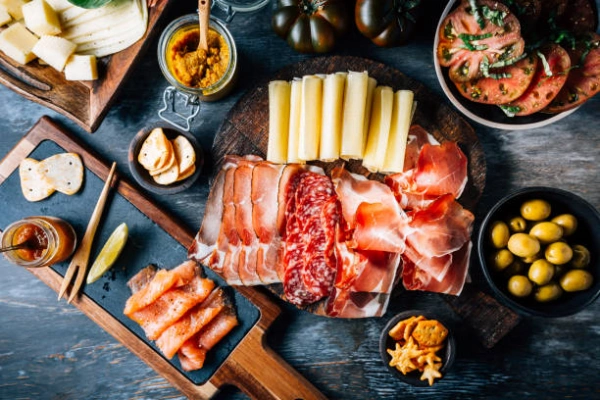
Inspirations for Multi-Sensory Cooking
Blumenthal’s approach to cuisine is known as “multi-sensory cooking”, which emphasizes that eating is one of the few activities that engages all senses simultaneously. His passion for this approach was sparked by a visit to L’Oustau de Baumanière in Provence at the age of 16, where he was captivated by the multisensory experience of the restaurant, including the sound of fountains and cicadas, the heady smell of lavender, and the sight of waiters carving lamb at the table.
Another inspiration for his multi-sensory style of cooking was the lack of opulence and grandeur at the Fat Duck. Unlike places like L’Oustau de Baumanière that had a view, history, and architecture that took diners to a world of beauty and indulgence, the Fat Duck had to capture diners’ imagination in a different way by exploring the mysteries of flavor perception and multi-sensory delight.

Evolution of Blumenthal’s Culinary Exploration
Crab Ice Cream Revelation
The incident that solidified Heston’s interest in this field was his creation of a crab ice cream to accompany a crab risotto. “People had difficulty accepting Crab Ice Cream, yet if it was renamed ‘Frozen Crab Bisque’, people found it more acceptable and less sweet.” Martin Yeomans and Lucy Chambers of the University of Sussex subsequently researched this phenomenon by serving test subjects a version of Blumenthal’s ice cream flavoured with smoked salmon.
However, they told one group they would be tasting ice cream and the other that they would be tasting a frozen savoury mousse. Although all participants consumed the same food, those who believed they were eating savoury mousse found the flavour acceptable, while those who thought they were eating ice cream found the taste salty and generally unpleasant. For Blumenthal, this confirmed his ideas. “If something as simple as a name could make a dish appear more or less salty…what effect might other cues have on flavours and our appreciation of them?”.

Sensory Potential Exploration
Since then, exploring the sensory potential of food has become a continuous and defining aspect of Heston’s cooking, achieved through both research and the creation of new dishes. In 2004, while working on a commission for photographer Nick Knight, Heston created a Delice of Chocolate that contained popping candy and took the innovative step of providing diners with headphones to listen to the little explosions that occurred as they ate it – the first time this had ever been done.
Together with Professor Charles Spence, who heads the Crossmodal Research Laboratory at Oxford University, Heston has conducted several experiments to investigate how our sense of sound can affect our perception of flavor. In one experiment, test subjects consumed an oyster in two halves – the first accompanied by maritime sounds and the second by farmyard sounds – and were then asked to rate the pleasantness and intensity of flavor.
The results showed that oysters eaten while listening to seaside sounds were considered significantly more pleasant. In another similar experiment, test subjects tasted bacon-and-egg ice cream while listening to the sound of bacon sizzling, followed by tasting it while listening to the sound of chickens clucking. The sizzling bacon sound made the bacon flavor appear more intense.

The ‘Sound of the Sea’ Dish
The most complete expression to date of his multisensory philosophy, however, is probably the dish ‘Sound of the Sea’, which first appeared on the Fat Duck menu in 2007. In this, ingredients with a distinctly oceanic character and flavour – dried kelp, hijiki seaweed, baby eels, razor clams, cockles, mussels, sea urchins – are fashioned into a course that has the appearance of the shore’s edge, complete with sea ‘spume’ and edible sand.
It is served on a glass-topped box containing real sand, and accompanied by headphones relaying the sounds of seagulls and the sea by means of a small iPod (placed in a conch shell) and earphones. The idea, according to Blumenthal, was one ‘of creating a world, of transporting the diner – through sound, through food, through an integrated appeal to the senses – to another place.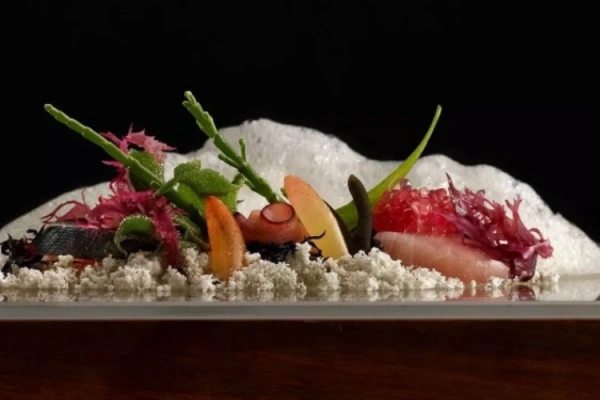
Blumenthal continuously explores the sensory potential of food through experimentation and innovative dishes, creating integrated sensory experiences. His creations are not only outstanding in taste, but also a comprehensive sensory feast. Through collaboration with the cross-modal research lab, he also explores the impact of sound on taste. Blumenthal’s unique culinary philosophy and innovative spirit make him a pioneer in the culinary world, leading the new trend of food and sensory experience.

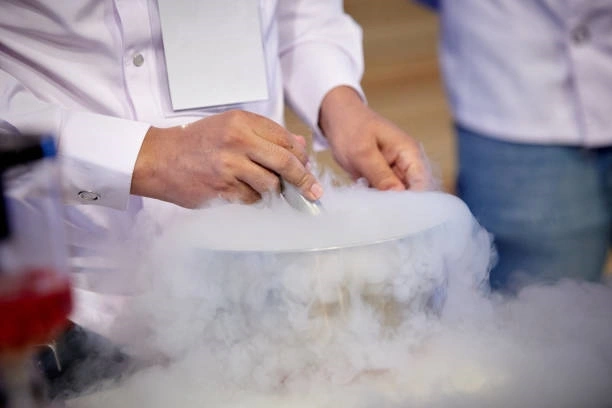
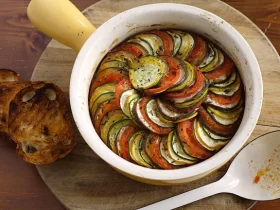





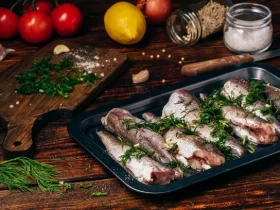

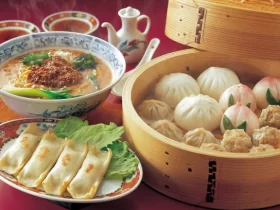

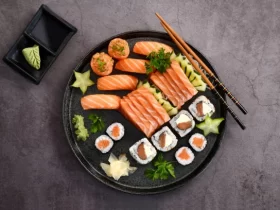


Leave a Reply